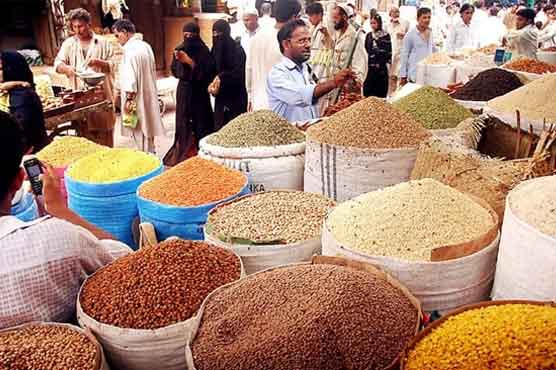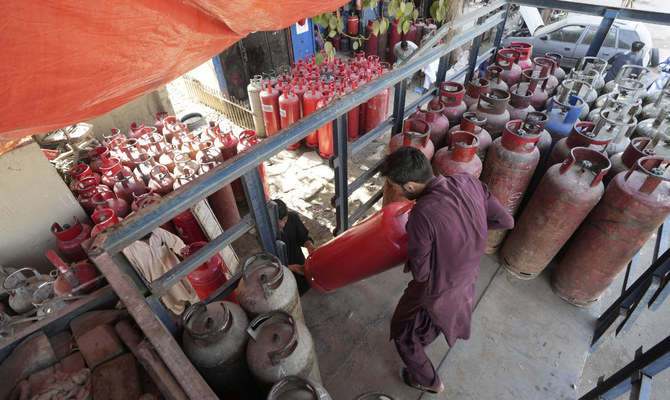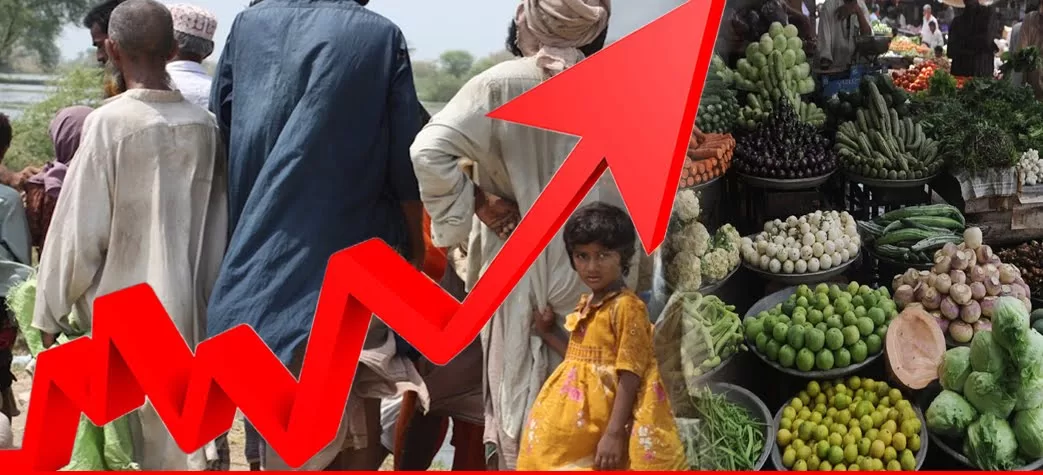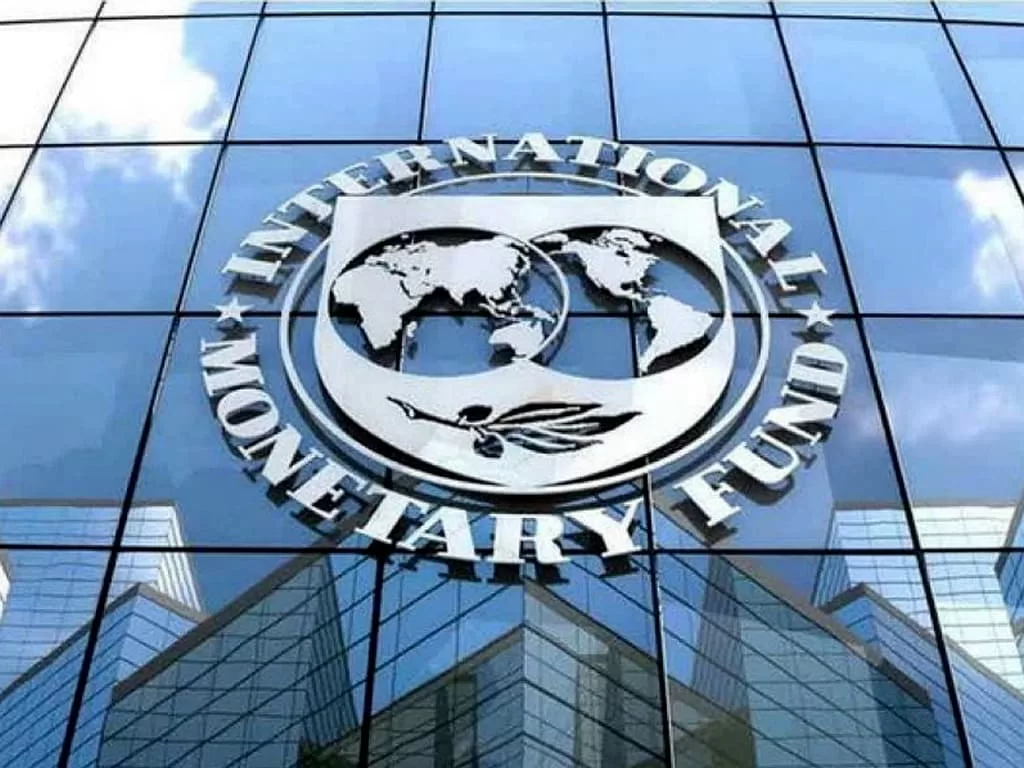Pakistan’s Weekly inflation is at an alarming level. Pakistan has been struggling with high inflation rates for several years, and the situation does not show any improvement shortly. Recently the country’s weekly inflation rate has remained persistently high. It is causing concern among policymakers and the general public.
Inflation is a critical issue that affects the economy, people’s purchasing power, and overall economic stability. This blog post will explore the causes and consequences of Pakistan’s elevated weekly inflation and the possible solutions to this problem.

The inflation rate in Pakistan is increasing day by day
Short-term inflation, measured by the Sensitive Price Index (SPI), has reached 46.82% year-on-year for the combined income group for the week ending on April 27.
The Pakistan Bureau of Statistics (PBS) released this data on Friday, revealing that the SPI rose by 0.15% every other week. The increase was due to the rising cost of food items. Especially wheat flour and its products, fruits, tomatoes, potatoes, onions, meat, and cooking oil.
Causes of Pakistan’s Weekly Inflation
- Supply-side factors: The supply of goods and services plays a vital role in determining the prices of products in the market. The supply of essential goods in Pakistan has been disrupted due to several factors, including:
- Shortages of essential goods: Pakistan relies on imports for fundamental goods such as oil, wheat, and sugar. Shortages of these goods in the international market or delay in importing can lead to supply shortages and increased prices.
- Increase in transportation costs: Transportation costs have been increasing due to rising fuel prices and inadequate transportation infrastructure. These factors increase the cost of transportation. This eventually passed on to consumers at higher prices.
- Higher energy prices: Pakistan’s energy sector faces several challenges, including an inadequate need for electricity and an inefficient power distribution system. This has led to higher energy prices, which increases the cost of production and eventually leads to higher prices for consumers.Similarly, the demand-side factors also play a significant role:
- Demand-side factors: The demand for goods and services also plays an important role in determining prices. Several factors contribute to the increased demand for goods in Pakistan, including:
- Rapidly growing population: Pakistan has one of the fastest-growing populations globally, leading to increased demand for goods and services.
Consequences of Pakistan’s Weekly Inflation
- The decreased purchasing power of consumers: High inflation rates reduce the purchasing power of consumers. It leads to reduces standards of living for the general population.
- Reduced economic growth and investment: High inflation rates discourage investment and lead to reduced economic growth.
- Political instability and social unrest: High inflation rates can lead to political instability and social unrest as people become dissatisfied with the government’s inability to control prices.
- Adverse effects on the balance of trade: High inflation rates can lead to an unfavorable balance in business as the cost of imports increases and the competitiveness of exports decreases.

The rising prices are more affecting the salaried class. This is because other segments increase their service, labor charges, and product prices. Fixed-salaried people, especially those who fall in low brackets, are at worst hit.
The government’s only tool so far to overcome inflation was a steady increase in interest rates, which the State Bank of Pakistan has raised to a record 21% in its last monetary policy review.
Factors Affecting Weekly Inflation
The SPI has steadily risen since the start of Ramadan, followed by further rupee devaluation, costly petrol prices, a hike in sales tax, and higher electricity charges. One of the factors for the increase in the price of food products has become higher and higher these days.
The government has been taking harsh measures under the International Monetary Fund program to generate revenue, which may result in slow economic growth and higher inflation in the coming months. These measures include hikes in fuel and power tariffs, withdrawal of subsidies, market-based exchange rates, and higher taxation.

The inflation Rate has Increased in Pakistan
Weekly, the change was observed in the prices of potatoes (8.22%), chicken (1.75%), wheat flour (1.55%), gur (1.23%), bread (1.13%), and rice Irri-6/9 (1.01%). Products whose prices saw the highest decline over the previous week were tomatoes (19.20%), bananas (5.39%), onions (1.40%), sugar (1.19%), LPG (1.09%), pulse masoor (0.98%), and mustard oil (0.39%).
Solutions to Elevate Pakistan’s Weekly Inflation
- Implementing a tighter monetary policy
- Increasing agricultural productivity to reduce food shortages
- Enhancing infrastructure to lower transportation costs
- Promoting foreign investment to boost economic growth
Conclusion
Pakistan’s weekly inflation is alarming nowadays, hitting the salaried class hard. The rising prices of essential commodities have made it difficult for lower-income households to make ends meet.
The government must take immediate steps to reduce inflation and ease the burden on the people. It must take measures to increase productivity, support small businesses, and promote investment to address the underlying causes of inflation. Additionally, it should focus on providing social safety nets to help the most vulnerable people cope with the rising cost of living. Only then can Pakistan hope to achieve sustainable economic growth and stability.






Unveiling Pakistan's Development Crisis: A Call for a New Vision - News Nation Wise